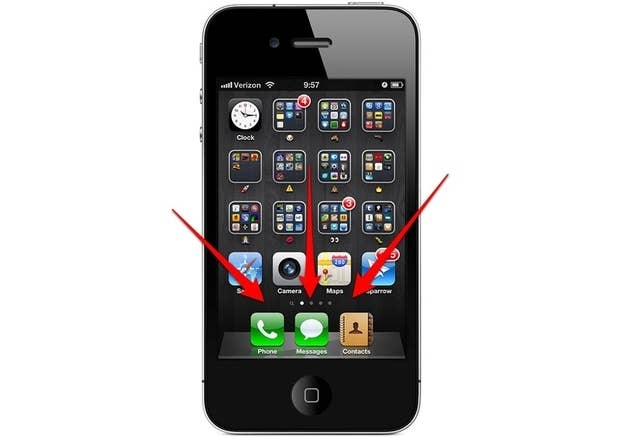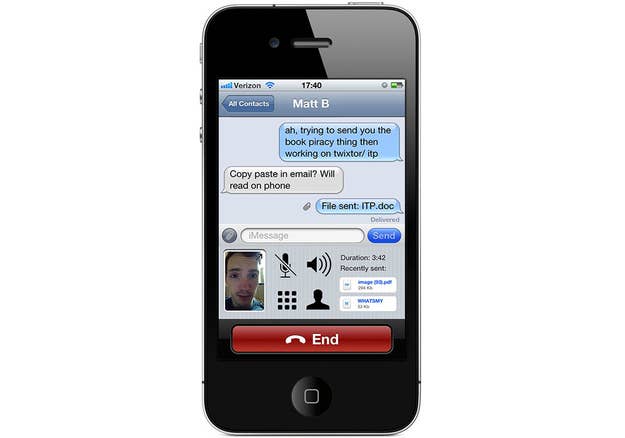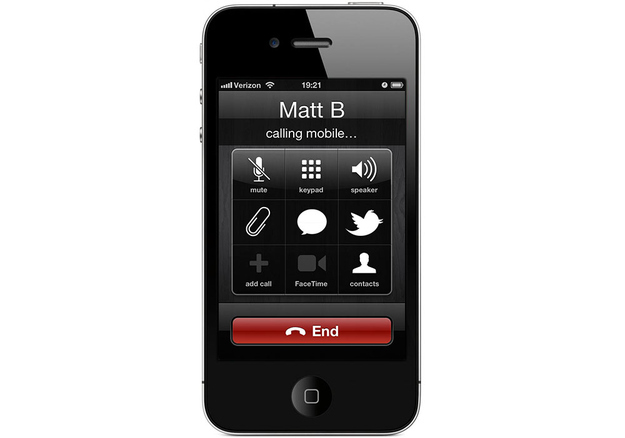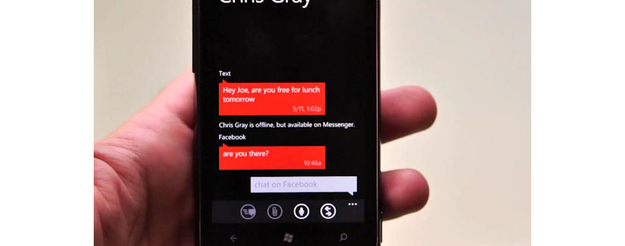
The basic promise of the smartphone is this: It's a phone, so it can call people; it's a cell phone, so it can send them texts; it's got a data connection, so it can send and receive pretty much anything you can transfer over the internet; it's got a camera, so you can chat via video, too.
In theory, all these things should form a single, total communications channel: a two-way, voice, video, text and data stream between you and the person you're talking with. In practice, we have separate channels for each: a phone app, a texting app, a contacts app, a video chat app. They all reach weakly for one another with little links and buttons, but the experience, at least on iOS, Android and Windows Phone, is still fragmented and siloed. Basic communication on smartphones is a mess.
Sidecar is a new app that builds a single communications channel around Skype-style voice calls. It succeeds in that it convinces you that a single communication channel is a fantastic, almost inevitable idea. In too many other ways, unfortunately, it fails (no real video chat, a broken texting system, etc).
Microsoft-owned Skype, a service with voice, text, video and file sharing capabilities, has a glorified phone dialer for a mobile app. (Its desktop app, on the other hand, is tantalizingly close to a real unified communications channel.) Google, another company with all the right capabilities ready to go, keeps them hidden and isolated in a patchwork of mobile apps and Android features. Apple, whose iMessage and Facetime are already widely used, has let its services strike off in different directions for years now, building only nominal links between them.
Now, imagine an app — probably your contacts app, which you rarely touch now — that treats all communication like messaging. Your recent call list includes your most recent texts, video calls, file transfers and phone sessions. Each contact's entry has an individualized version of this same thing. To text or call or chat with someone is to reenter and resume a continuous line of communications, logged and consolidated and easy to manipulate. Switching from a voice call to a file transfer to a text message to a video chat would be seamless. A fully open pipe. It might be sort of like this:

MEGA DISCLAIMER: I'm not an interface designer, I suck at Photoshop and I know Apple would never release an app this ugly or cluttered. BUT: this is the kind of functionality I'm talking about. This is the kludgy jailbreak version of what I want, basically.
From this screen, you could initiate any kind of communication with a contact. Instead of hunting for your SMS app or your phone app or your video chat app, you start here. This doesn't preclude other apps from doing anything or everything. It just brings the core, one-on-one stuff — phone, messaging, video chat, photo and file sharing — into one place.
A more realistic implementation might look a little like this:

Again, these aren't design proposals. It's up to Apple and Google and Microsoft, the companies that are already so, so close to doing this, to figure out how this should look. And they already are, in little ways: the contacts app in Android is a good start, and the seamless switching between video and voice calling on iOS is great. Microsoft is both the closest and further from getting this right: the Windows Phone contacts app is mostly unified, but they've totally dropped the ball with Skype integration. Also, nobody uses Windows phone, so...

The big question isn't if this will happen, it's who'll do it first. Whichever company pulls of the first real unified communication app will have designed the first smartphone that isn't dumb.
